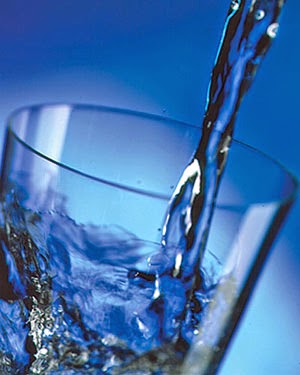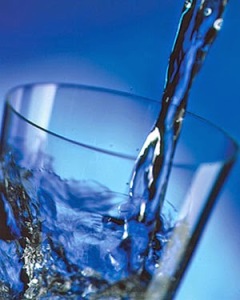Heat exhaustion occurs when a person loses too much water and salt due to a combination of extended exposure to the heat and failing to stay adequately hydrated. If a person fails to cool their body temperature, heat exhaustion can turn into a life-threatening condition known as heat stroke.
Heat stroke is where the body loses its ability to control its internal temperatures and the body no longer has the ability to sweat. When in situations of extreme heat, pay close attention to young children and the elderly as they are at an increased risk of developing heat exhaustion, heat stroke or dehydration.
Staying Hydrated in the Heat
With this hot weather it is important to keep our bodies hydrated as heat related illness can alter our body’s performance and place it under strain to the point that emergency care is required.
Signs of dehydration are: dry mouth, thirst, headache, fatigue, dizziness, light headiness, fainting and infrequent urination.
Tips to stay hydrated in the heat are:
- Reduce or eliminate the amount of caffeinated, carbonated & alcoholic beverages consumed
- Eat more fruits and vegetables
- Take a reusable water bottle with you and use it throughout the day (if bottle after bottle of water seems bland, try adding a little extra flavor with lemons, limes or fresh berries).
- If you plan on exercising don’t just drink beforehand, hydration should occur long before physical activity
- If you normally don’t, try to include a glass of water with every meal
- Breastfed Infants – Vitamin D requirements cannot be met by breast milk alone
- Older Adults – aged 50+, cannot synthesize Vitamin D as effectively
- Populations with Limited Sun Exposure – northern latitudes or homebound individuals
- Individuals with Fat Malabsorption – since vitamin D is fat-soluble there needs to be some dietary fat in the gut for absorption.



